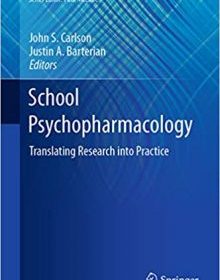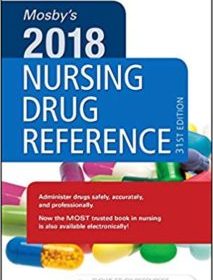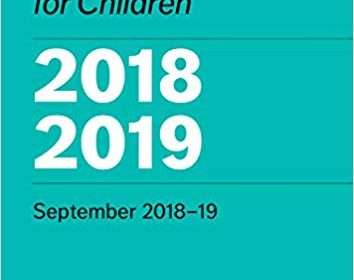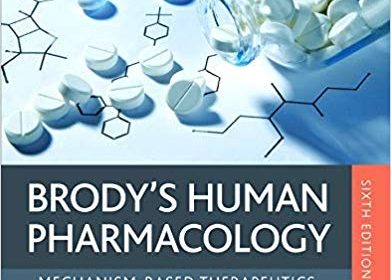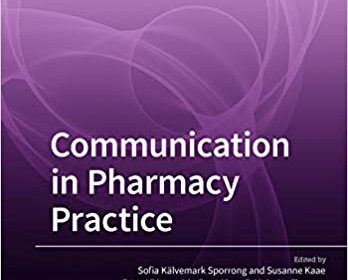Drug-Induced Mitochondrial Dysfunction 1st Edition

Drug-Induced Mitochondrial Dysfunction 1st Edition
This is the definitive, one-stop resource on preclinical drug evaluation for potential mitochondrial toxicity, addressing the issue upfront in the drug development process. It discusses mitochondrial impairment to organs, skeletal muscle, and nervous systems and details methodologies used to assess mitochondria function. It covers both in vitro and in vivo methods for analysis and includes the latest models. This is the authoritative reference on drug-induced mitochondrial dysfunction for safety assessment professionals in the pharmaceutical industry and for pharmacologists and toxicologists in both drug and environmental health sciences.

